Iodine from phytophthora on tomatoes
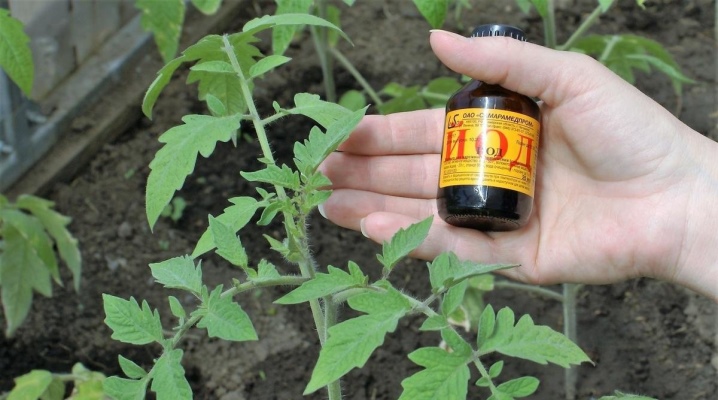
Every summer resident makes every effort to grow fruits and vegetables without the use of any aggressive chemicals. This technique has a positive effect on the safety of the use of products and affects the taste. With the help of some folk remedies, you can not only provide high-quality and effective plant nutrition, but also fight most diseases. For example, one of the most common scourges of tomatoes is late blight, which can be easily fought with ordinary iodine.
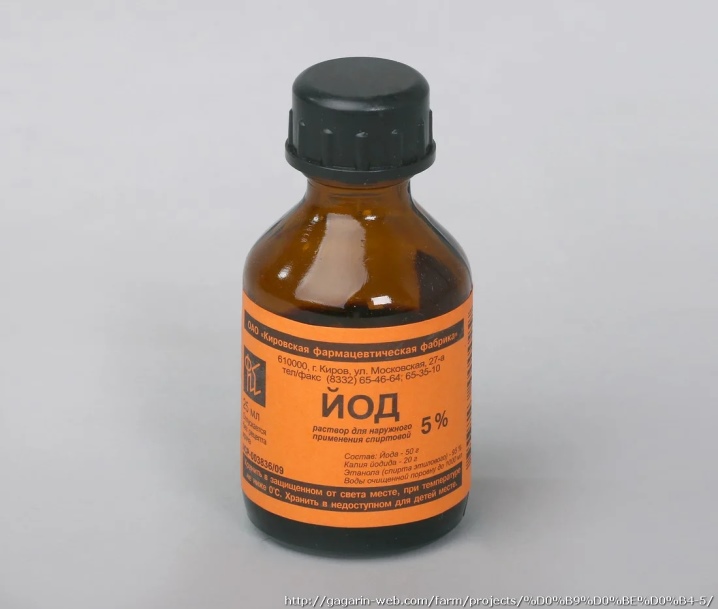
Advantages and disadvantages
The cause of this disease is the phytophthora fungus, which can be found not only in the soil, but also in the plants themselves. It should be noted that this fungus has a rather negative and detrimental effect on plants that begin to rot, after which they completely lose their taste. Usually, such diseases appear already in the middle of summer, if there is a sufficiently high level of humidity or temperature drops. In addition, a thickened planting can be the cause of late blight.
Iodine has long been shown to be one of the most effective remedies in the fight against this type of fungus. However, in order to ensure the maximum effectiveness of the use of this tool, it is necessary to adhere to clear rules and concentration of use.
Otherwise, you can not only not protect the plant from the fungus, but also cause serious harm to it.
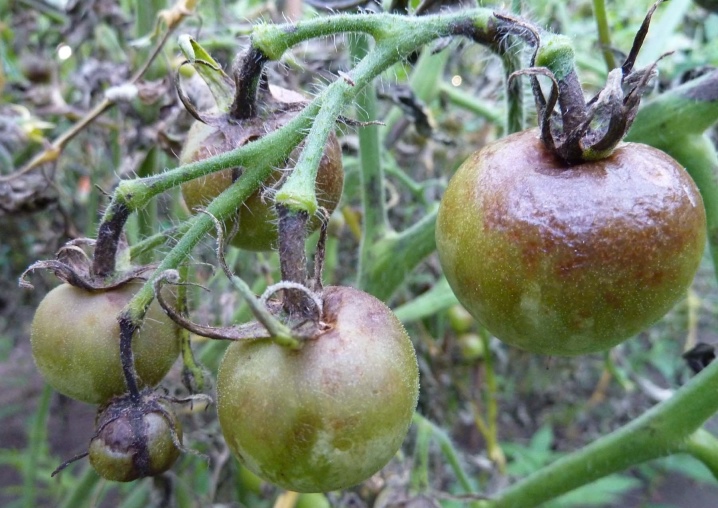
The huge popularity and demand for iodine in the fight against late blight is dictated by a number of advantages, among which the following can be distinguished.
- Safety of use both for the crops themselves and for humans. However, this is only if the dosage is correctly selected. If you use too much iodine, the tomatoes will absorb it and can harm humans.
- Increasing the resistance of tomatoes not only to this type of fungus, but also to a huge number of other infections.
- Iodine has a positive effect on all parts of the plant, as well as the soil itself.
- Positive change in fruit ovary.
The only disadvantage of using iodine in the fight against late blight is that if the concentration is violated, this agent can cause serious harm to the leaves or lead to deformation of the fruit.
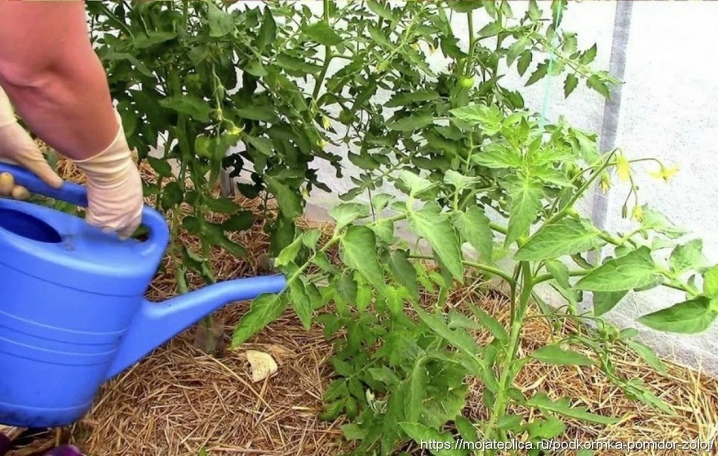
Preparation of solutions with iodine
The effectiveness of using the solution depends on how correctly and competently it was prepared. During the preparation process, close attention must be paid to many points, including the combination of components.
Standard
It is an extremely important chemical element not only for plants, but also for humans. It has a tremendous effect on metabolism and ensures the body's resistance to various infectious diseases and fungi. That is why standard iodine tincture is actively used for disinfection and prevention of a number of diseases in tomatoes, as well as for effective protection against late blight.
Iodine therapy is considered the most appropriate in the fight against this disease. In order to provide reliable protection against this type of fungus, plants should be sprayed on an ongoing basis with a composition that is easy enough to prepare.
It is necessary to add 15 drops of concentrated iodine to 4 liters of water, then pour the composition into a sprayer and walk along the root system of each bush.
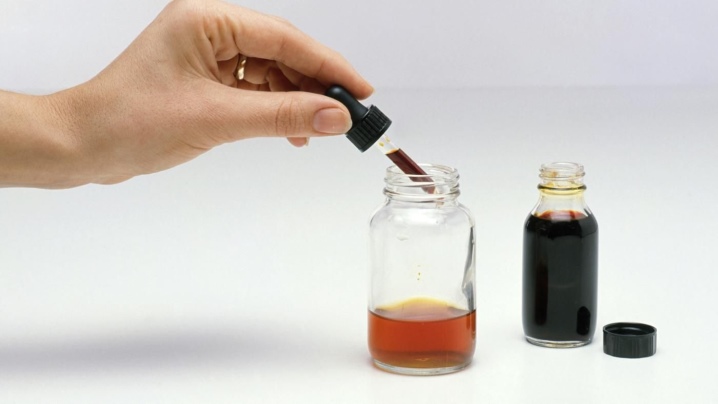
With ash
One of the additional components that can be added to the solution is ash. It is she who provides the maximum efficiency from the use of this product and allows you to get rid of late blight in a short period of time. A distinctive feature of such a solution is that it cannot be used for prophylaxis, but it is recommended to use it even when late blight struck the tomatoes.
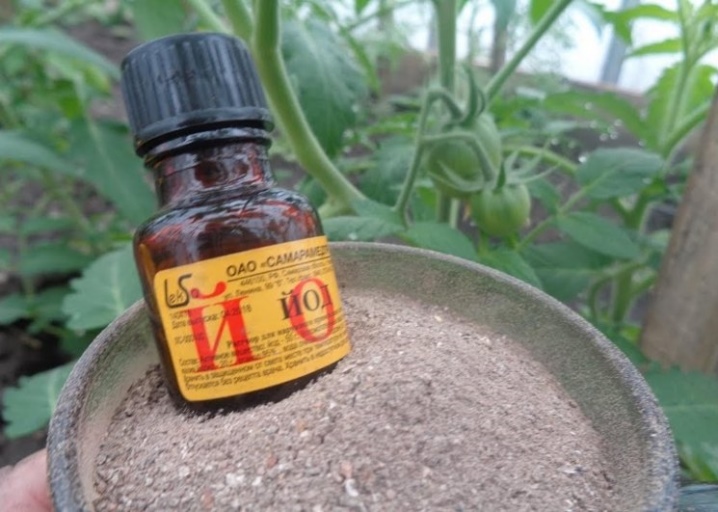
With dairy products
It is extremely interesting that usually untreated thermally unprocessed milk can provide reliable protection of plants from fungi. This product contributes to the creation of a dense film through which fungi are not able to break through. That is why milk is considered the most optimal additional component of iodine solution in the prevention of late blight.
Milk contains a huge range of beneficial microelements that have a positive effect on plant development and increase yields. Any dairy product contains unique bacteria that are considered extremely effective against fungal spores.
To create a solution, you will need to take 10 liters of water, add a glass of unpasteurized milk there. The ideal solution is considered to be the use of country milk, which is not subjected to additional heat treatment.
In addition, a teaspoon of iodine is added here, which makes the solution as destructive as possible for the fungus.

It is best to spray tomatoes with this solution early in the morning or in the evening, so that there is no direct sunlight, which can negatively affect the effectiveness of the product. And if the solution is used as a preventive measure, then it can be used every 2 weeks.
One of the most effective means is a combination of milk curdled milk, kefir, whey and iodine, which has managed to prove its ability to destroy phytophthora in a short period of time. This fermented milk product includes a huge amount of useful amino acids that can enhance the resistance of plants to the effects of many infections. The product can be used to protect tomatoes not only in open ground, but also in greenhouses.

With boric acid
Another real stimulant of immunity for plants is boric acid, thanks to which it is possible to completely negate the susceptibility of tomatoes to the influence of various fungal pathogens. The fact, so that the resulting solution boasts a high acidity, which is an unfavorable condition for the development of fungi and bacteria.
The combination of iodine and boric acid allows you to get an effective solution at the outlet, which shows itself perfectly in the fight against late blight on tomatoes. A distinctive feature of this tool is that it can be used even in the process of growing seedlings. For example, it is applicable when processing the soil before planting, which favorably distinguishes this solution against the background of others.
Boron, which is part of the acid, provides reliable protection of plants and increases yields. The fact is that it contains many nutrients that are extremely beneficial for tomatoes.
Treatment with this solution for prophylactic purposes can be carried out once a week for a month.
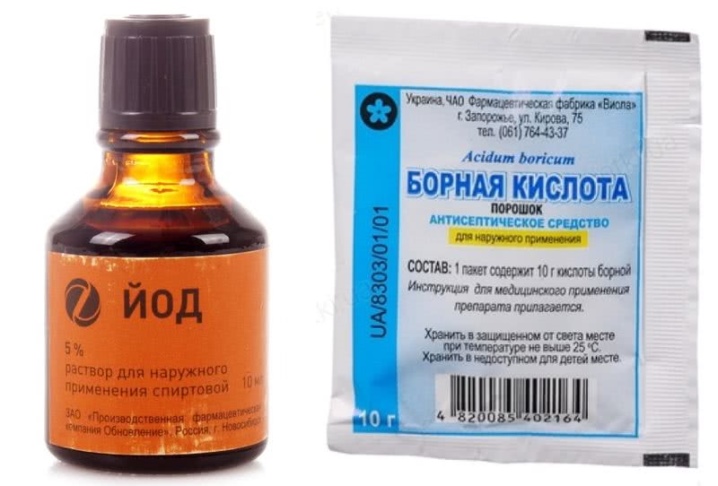
How to handle correctly?
In order for the efficiency of using iodine in the fight against late blight to be maximized, it is necessary to properly treat the territory or plants with a solution.
Greenhouse
It is extremely easy to grow tomatoes in a greenhouse, which is why most summer residents choose this method.Initially, it seems that no external influences are capable of harming vegetables, but late blight can develop even under the film. The main reason for the development of this fungus and its damage to tomatoes is too high a level of humidity.
A distinctive feature of the processing of vegetable bushes with iodine solution in the greenhouse is that after each procedure it is necessary to thoroughly ventilate the room to provide it with an oxygen flow. Given the fact that there is no rainfall in the greenhouse, the moisture level is controlled by irrigation. Due to this, after processing with the ready-made solution, the product will stay on the plants for as long as possible, which will have a positive effect on efficiency.
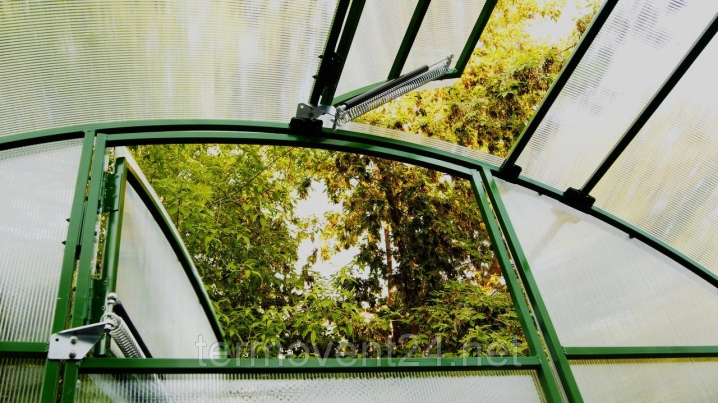
However, this is why the iodine solution for tomatoes grown in greenhouses should be used much less often than when they are planted outdoors. Otherwise, a too high concentration of iodine in the soil may be observed, as a result of which it will be necessary to replace it.
As for feeding with this tool, then it should be carried out only at the beginning of autumn. This is especially true for those varieties of tomatoes that are capable of bearing fruit even in winter.
The fact is that in September the weather is quite cool, as a result of which there is a risk of the appearance of this fungus.
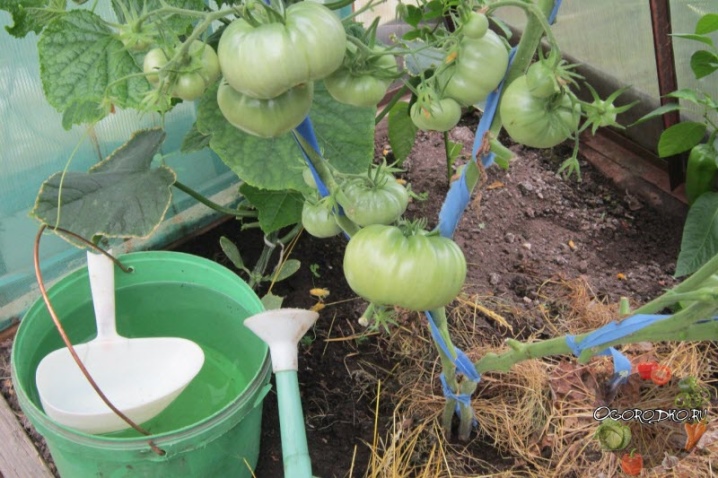
The unique design features of the greenhouse make it possible to use not only iodine solution, but also small bubbles with iodine, which are placed in different parts of the greenhouse. This ensures the maximum concentration of iodine and its vapors in the air, which also has a positive effect on the yield and safety of fruits. For to get the maximum result, it is necessary to combine this method with spraying.
Summer residents note that the most effective way to use iodine is to combine it with milk. Due to their unique properties, dairy products have a positive effect on the soil, as they provide it with the organic substances necessary for development. Besides, they enhance the resistance of plants to the effects of various harmful microorganisms.
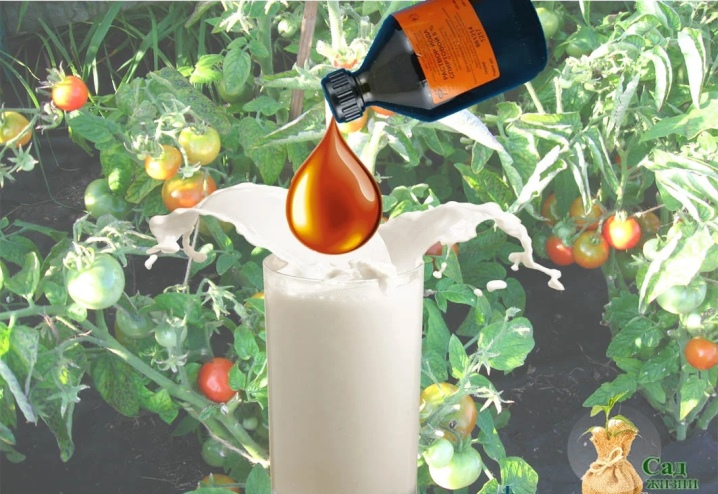
To prepare a solution for a small greenhouse, it is enough to add about 15 drops of iodine to 1 liter of milk. After that, about 5 liters of water are sent here, and the resulting mixture is used to water each bush. The only limitation is that you cannot use an iodine solution to protect against late blight if no more than 10 days have passed since planting.
It is necessary to wait for the plants to become as strong and strong as possible. If no fungi are observed on tomatoes, then iodine can be used in the greenhouse as a preventive measure, but watering is allowed no more than 3 days a month.

Priming
The use of a ready-made solution shows its high efficiency not only indoors, but also in open areas. For the first time, these funds must be used immediately after the plants have been planted in the garden. Unlike greenhouse conditions, there is no need to wait 10 days.
A in some cases, the use of iodine as a fertilizer is allowed, but for this it will need to be produced in an abundant amount of water and water each bush of tomatoes separately. Usually, no more than 5 drops of the drug are used per 1 liter of water, depending on its concentration. It will also be effective if the leaves of the plants immediately turn yellow after planting.
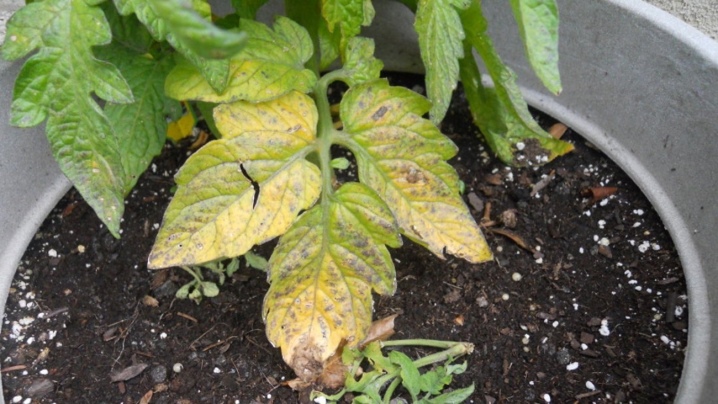
If late blight has already completely affected the tomatoes, then it will be necessary to use iodine in a slightly different concentration. For this, 10 liters of water are taken, the temperature of which should not be more than 20 degrees. It is such a liquid that is considered the most effective. If it is hotter or colder, then this can completely negate all the beneficial properties of iodine and make the remedy absolutely useless.
For 10 liters, 40 drops of iodine will be enough, after which a liter of milk whey must also be added here. If you can't get the whey, then you can limit yourself to using ordinary milk.
To enhance the effect, it is also better to send 20 ml of peroxide to the solution, which helps to strengthen the roots of plants and makes them resistant to a huge number of infectious diseases.
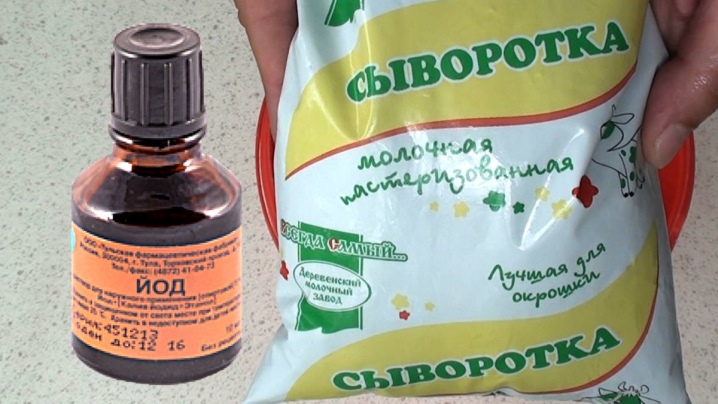
Plants
A distinctive feature of the iodine solution is that it can only be used for root processing. Of course, you can sprinkle it on the leaves of tomatoes, but there will be no effectiveness from such a solution. The fact is that only the root system of the tomato is able to absorb the beneficial components that are contained in the iodine solution. That is why some use these funds as a liquid for drip irrigation, which allows for preventive measures to protect against fungi and various infectious diseases.
During the preparation process, it is necessary to pay close attention to the concentration of the drug, since too large a dose can cause irreparable damage to the crop and make it completely unusable.

Thus, iodine is an excellent remedy for protecting tomatoes from late blight. Due to its unique properties and the possibility of combinations with additional products and substances, the resulting solution is extremely effective and provides an increase in productivity and plant resistance to fungus and other infectious diseases.
If the treatment does not help, then you need to check the recipe and make sure that the proportions are clearly observed. Spraying and treating plants will not be difficult even for an inexperienced summer resident.
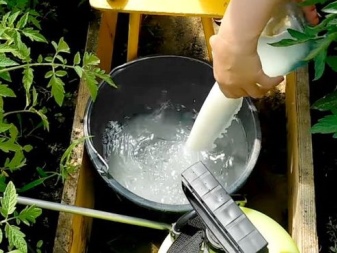
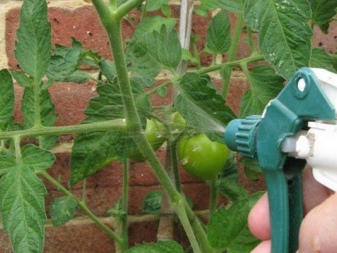
Iodine from late blight on tomatoes in the video below.













The comment was sent successfully.